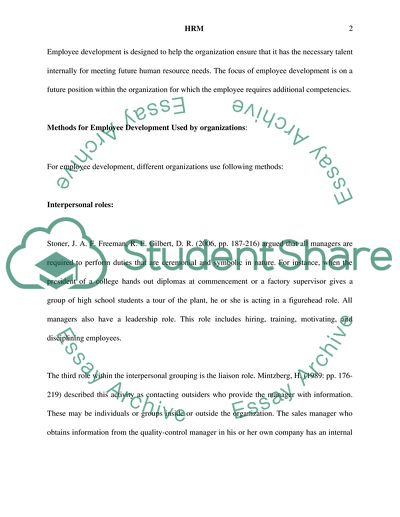Cite this document
(“HRM Essay Example | Topics and Well Written Essays - 5000 words”, n.d.)
HRM Essay Example | Topics and Well Written Essays - 5000 words. Retrieved from https://studentshare.org/miscellaneous/1546414-hrm
HRM Essay Example | Topics and Well Written Essays - 5000 words. Retrieved from https://studentshare.org/miscellaneous/1546414-hrm
(HRM Essay Example | Topics and Well Written Essays - 5000 Words)
HRM Essay Example | Topics and Well Written Essays - 5000 Words. https://studentshare.org/miscellaneous/1546414-hrm.
HRM Essay Example | Topics and Well Written Essays - 5000 Words. https://studentshare.org/miscellaneous/1546414-hrm.
“HRM Essay Example | Topics and Well Written Essays - 5000 Words”, n.d. https://studentshare.org/miscellaneous/1546414-hrm.


